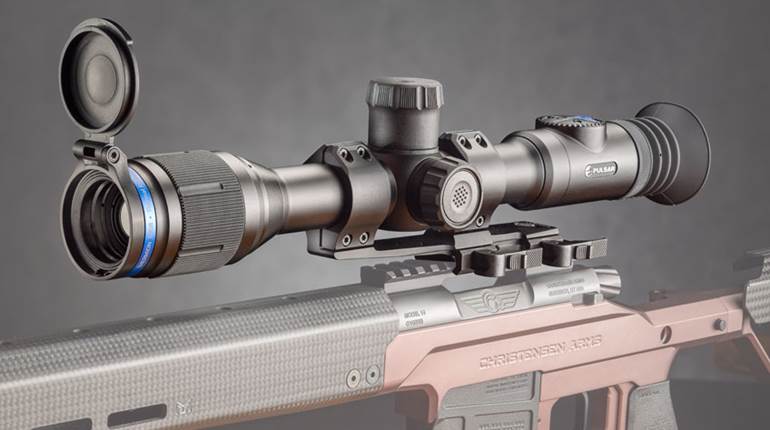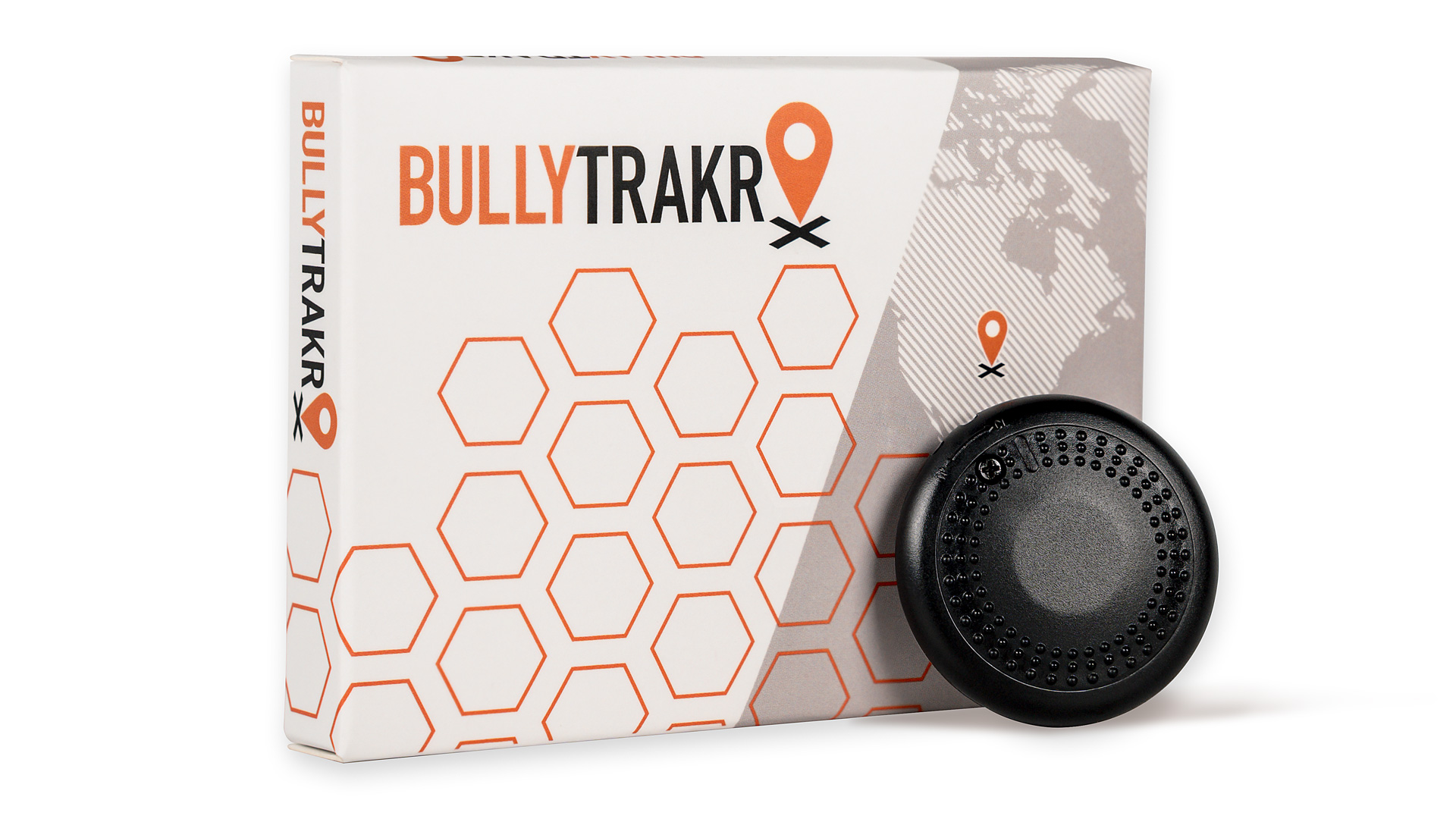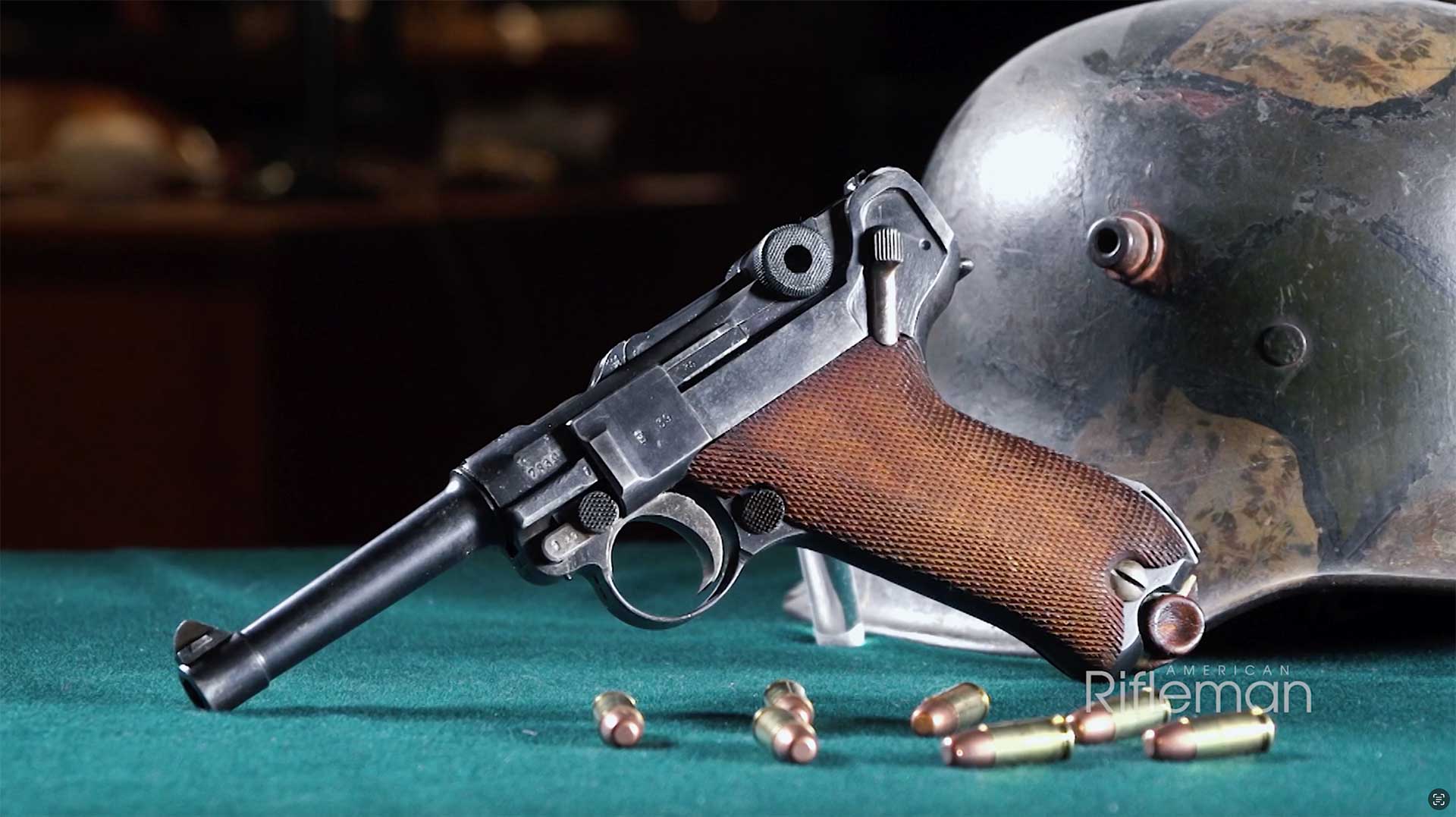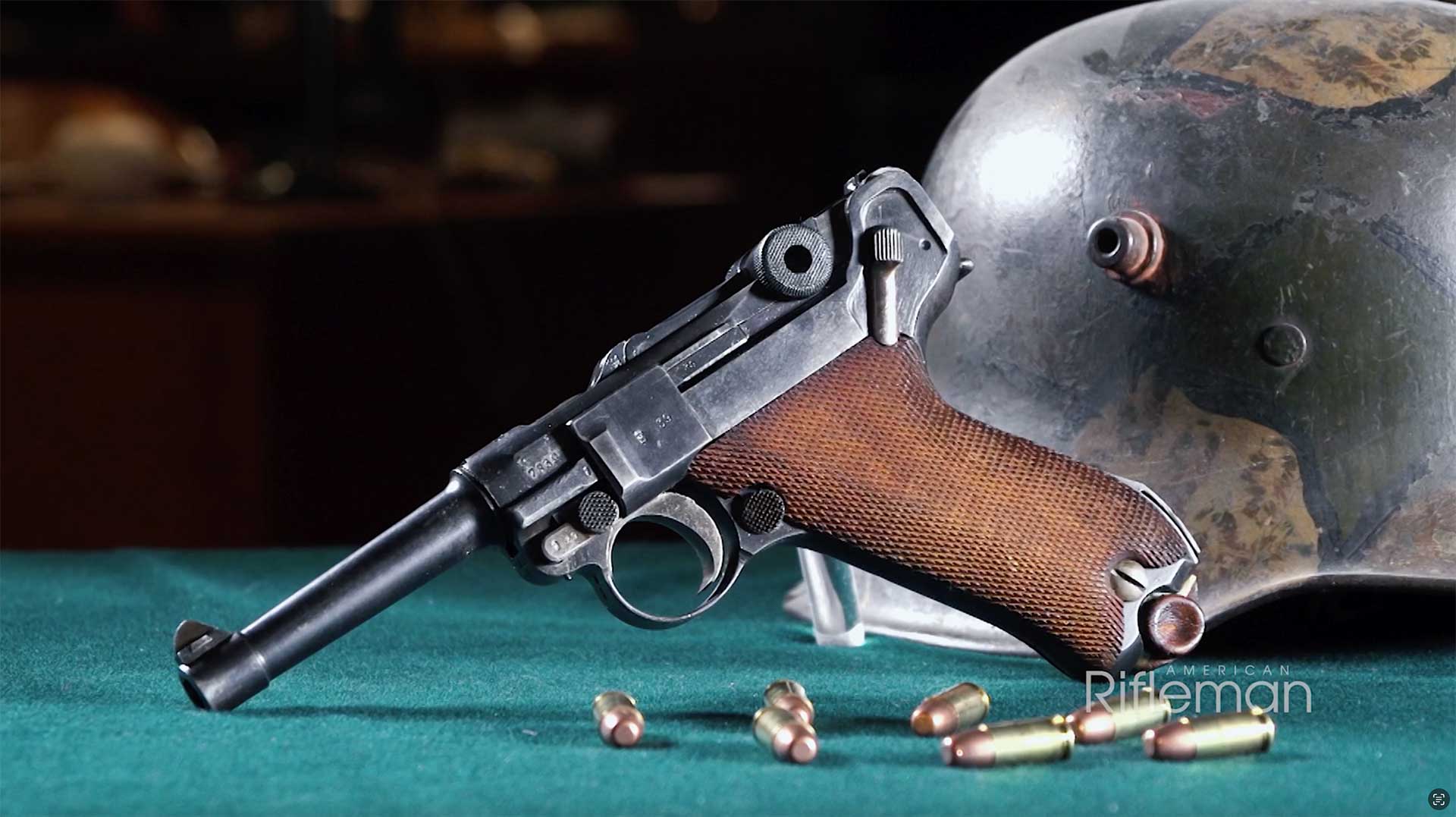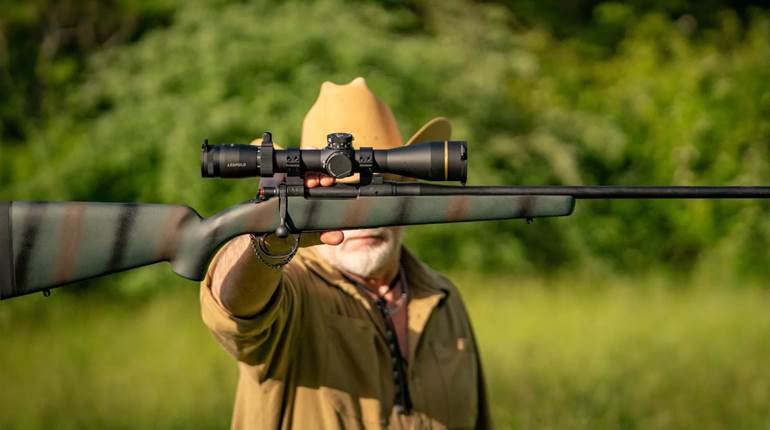
Rapid advances in technology are changing nearly every aspect of our lives. The miniaturization of digital components has allowed for substantial decreases in both the size and cost of advanced optics, including thermal scopes. The Thermion XM38 thermal optic from Pulsar—a Lithuania-based company specializing in thermal and night-vision electro-optical solutions—is just such a product. The XM38 is a highly capable, compact and lightweight scope designed for both day and nighttime use.
Like the advances in technology that have supported our troops with innovative products with which to fight the global war on terror, night-shooting solutions are now in demand among civilians because of the proliferation of feral hogs across the United States and their devastating effect on crops and habitat. There are now several consumer-oriented thermal riflescopes on the market, with quality and price varying significantly. Most thermals are, quite frankly, too bulky and expensive for many customers. Not so for the Thermion, a magnesium alloy-bodied scope that is no larger than most traditional riflescopes currently in use.
Unlike most designs on the market, the Thermion uses a 30 mm main tube that is compatible with traditional scope rings and mounts. Though not every optical comparator is applicable in the digital world, the XM38 is effectively a 4-16X 38 mm. Eye relief is advertised by the manufacturer as 1.96", but since the image is digital rather than optical, eye relief is virtually endless so long as you can see the screen—eye relief is not affected by magnification. The moderately sized objective lens means that the scope can be mounted closer to the bore than can most other thermal options.
In terms of controls, the XM38 uses an external focus ring as well as four push buttons and a selector dial. The three buttons on the ocular housing are the power, zoom and record buttons. Most functions, including zeroing the optic, are accomplished using the controller on the 9-o’clock side of the scope, where a parallax adjustment dial might otherwise be found. The menu-based features are accessed using either long or short presses of the controller button in conjunction with the selector dial that surrounds the button.
Though intimidating at first, the system proved to be extremely user-friendly. We mounted the XM38 on an accurate AR-15 in a standard quick-detach 30 mm mount. Zeroing the scope took less than five minutes using a standard steel target at 100 yds. Once the scope is zeroed, there is no need to access the menus in order to operate the optic. Recording or changing magnification can be accomplished with the touch of a single button on the scope’s exterior. Unless the user wishes to change reticles or image colors, it is essentially a set-and-forget system.
All thermal optics benefit from calibrating the sensor, referred to by some makers as “nuking.” This essentially resets the sensor and often clears the image. The XM38 has three modes of calibration: manual, semi-automatic and automatic. It is not necessary to cover the lens in the semi-automatic and automatic modes, which is unique in the industry. Practically speaking, a quick press of the “on” button quickly calibrates the sensor and provides a clean display.

The 320x240-pixel sensor has a frame rate of 50 Hz, which we found to be imperceptible to the human eye, and a listed detection range of 1,860 yds. Like optical clarity, the digital image of a thermal scope is highly subjective. That said, this scope is one of the best we’ve seen in terms of resolution, and the images rival those found on optics at double the price. Many of today’s thermal optics require significant temperature differences in order to acquire targets, which can make zeroing difficult without using an artificially hot or cold target marker. We found that painting our steel targets black gave us additional heat contrast, but doing so was not necessary thanks to the resolution and sensitivity of the Thermion.
The XM38 operates using a dual APS2 3.0-4.2-volt lithium-ion battery system, with one internal and one external battery. Both batteries can be charged inside the unit using an included AC adaptor and USB plug, or the external battery can alternatively be removed and charged using the charger. The external battery can be replaced in seconds, without tools, giving the user the opportunity to swap batteries in the field in order to extend the operating life. We have found that most thermal scopes have a tendency to drain batteries quickly, but with the dual-battery setup on the Thermion, their life was reasonable and practical.
Multiple reticle styles and color combinations can be selected by the user through the menu system. Some of the reticles can be used to estimate range as well as to provide holdover points for various ranges. Additionally, the user can choose between different color profiles including White Hot, Black Hot and even colored heat signatures to best suit the terrain and conditions. The optic is WiFi-capable and can be paired with the Stream Vision smartphone app. Using this system, the app user can see what the shooter is seeing on the screen of a phone from up to 16 yds. away. A guide or parent, for example, could use this feature to guide a feral hog hunter onto the correct target in real time. Both still photos and videos can be shot through the screen or using the app, and also downloaded via the 2.4 GHz WiFi connection. Video format is mp4, while still photos are jpg.
In terms of live-target acquisition, this unit has few peers in the civilian world, particularly at this price point. Cattle, feral hogs and whitetail deer were all observed at extended ranges, in varying light conditions. With the scope removed from the rifle for safety reasons, humans were observed at more than 1,000 yds. in complete darkness. With a permit in hand from the state, we used the XM38 on feral hogs that were causing significant damage to a local farm. The unit was extremely effective in that role. Hogs were taken at more than 200 yds. with the XM38, though we found that we were able to stalk far closer under the cover of darkness and some were shot at less than 100 yds.
With a feral hog population estimated to exceed 6 million animals, American hunters, ranchers and farmers are desperate for effective ways to target these nocturnal pests. Thermal scopes are an excellent tool for the job, and the Pulsar Thermion XM38 is a strong contender in this category. Priced at the high end of traditional European optics, but in a compact and user-friendly package that—unlike the rest of the competition—mimics the aesthetics of a traditional, non-digital riflescope, the Thermion represents the next generation in thermal riflescopes.













